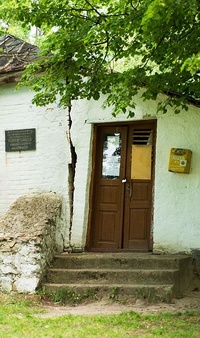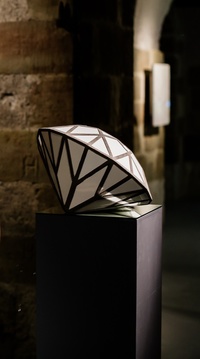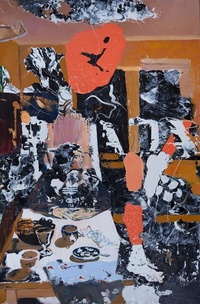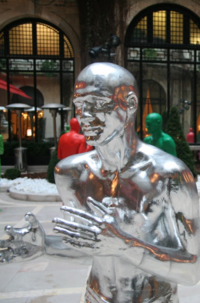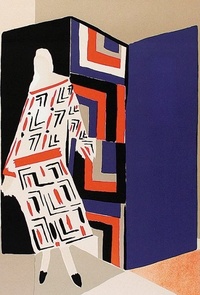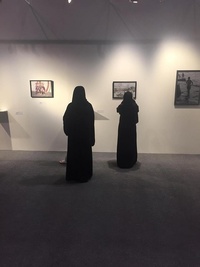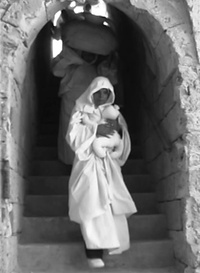Exhibition at The Ashmolean brings together works by Francis Bacon and Henry Moore
The Ashmolean opened its autumn 2013 programme with a major exhibition which brings together works by Francis Bacon (1909–1992) and Henry Moore (1898–1986). Francis Bacon Henry Moore: Flesh and Bone shows 20 paintings by Bacon alongside 20 sculptures and 20 drawings by Moore which have been borrowed from public and private collections, selected by Martin Harrison, editor of the Francis Bacon catalogue raisonné, and Richard Calvocoressi, Director of The Henry Moore Foundation. Generously supported by Pictet & Cie, Sotheby’s, and the Friends of the Ashmolean, the exhibition explores themes such as the treatment of the human figure and the artists’ responses to the violence of the twentieth century. It shows surprising parallels in the work of two giants of twentieth-century western art whose careers have rarely been linked until now.

In their different mediums, Moore and Bacon created unforgettable images of the human figure. The distinctive visual languages that each artist developed over more than half a century were marked by a growing simplicity and monumentality of form. Their perspectives differed: Moore clung to a belief in humanism, while Bacon espoused a post-humanist, nihilistic view of the world. In expressing their visions of humanity, the two artists had very different approaches: Bacon working from the outside in, disintegrating and dissolving form; Moore from the inside out, pushing anatomical structure to the surface.
Moore and Bacon were both born before the First World War, in which Moore was just old enough to serve in the trenches – an experience that had a profound, if delayed, effect on his work. Similarly, Bacon’s consciousness of civil unrest in Ireland, where he spent part of his childhood and youth, introduced him to the presence of violence at an early age. In the 1930s, both artists were influenced by Surrealism, but more especially by the biomorphic forms in Picasso’s work of the period. In the Second World War, both men lived through the Blitz, Bacon as an ARP Warden, Moore as an official war artist. As war ended, a group exhibition opened at the Lefevre Gallery in London in which Bacon showed his Three Studies for Figures, at the Base of a Crucifixion (1944), propelling him into the limelight for the first time. It is often overlooked that, in the same exhibition, Moore showed two sculptures from the 1930s and 14 wartime drawings, some of which anticipate the theme (though not the savage imagery) of Bacon’s triptych. Exhibiting together in a commercial gallery was repeated twice more in the 1960s, when Moore and Bacon were both represented by Marlborough Fine Art. These joint shows, extensively reviewed in the press, gave critics a chance to compare the artists’ radical approaches to the human figure, which were seen as complementary rather than conflicting.
The two artists were united in their love of sculpture, especially that of classical antiquity, Michelangelo, and Rodin. In the early 1970s, the forms in Bacon’s paintings became increasingly sculptural. Bacon often talked about making sculpture, even inquiring on one occasion if he could take lessons from Moore. In recognition of this influence, works by Michelangelo and Rodin from the Ashmolean’s famous holdings will be shown as a prelude to the exhibition.
Professor Christopher Brown CBE, Directorof the Ashmolean, says: “This is one ofthe most ambitious and exciting exhibitions we have mounted since we reopenedin 2009. It compares the two greatest British artists of the twentieth century,and promises to be both visually thrilling and immensely thought-provoking.”
Mr Richard Calvocoressi, Director of The Henry Moore Foundation, says: “Fifty years after their first joint exhibition at Marlborough Fine Art, Francis Bacon Henry Moore: Flesh and Bone places the work of these two great artists in close relation once again.”
artdaily.com

